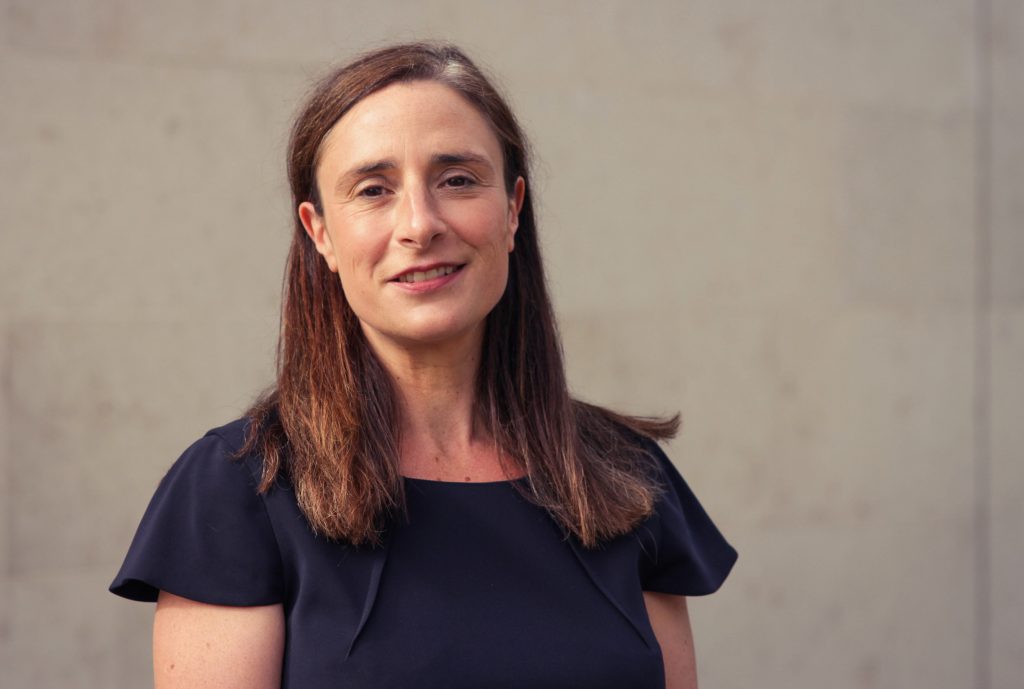
- The Conservatives have said that aside from the carve out for pensioners, the freeze in tax thresholds will remain in place until 2028.
- Labour said they would want the thresholds to rise but won’t commit to an unfunded promise.
- Figures out today show that in the 2021/22 tax year there were 33 million income taxpayers, and in 2023/24 there were 36.2 million.
- If the thresholds had risen with inflation, the OBR said (in March this year) that in 2023/24 there would have been 34.1 million income taxpayers. So, 2.1 million people have been dragged into paying income tax.
- The OBR says that by 2028/29 this will rise to 3.7 million.
HMRC released data on taxpayers today: Numbers of taxpayers and registered traders – GOV.UK (www.gov.uk)
Sarah Coles, head of personal finance, Hargreaves Lansdown:
“Most of the frozen tax thresholds look set to remain rooted to the spot, regardless of who wins the general election. Aside from a carve-out for pensioners from the Conservatives, the two main parties have said frozen tax thresholds won’t be defrosted by an incoming government. This will come as a major blow to millions of people on lower incomes. Figures out today show that 2.1 million of them have already been dragged into paying income tax as a result of the policy – and that’s just the start.
In 2023/24 there were 36.2 million income taxpayers. This was up from 33 million in 2021/22. The Office for Budget Responsibility says that if the thresholds hadn’t been frozen, by 2023/24 there would have been 34.1 million income taxpayers. It means 2.1 million people have been dragged into the realms of tax. And things are going to get worse. The OBR says that by 2028/29, the policy will have forced 3.7 million into paying tax.
This will put lower earning households under particular pressure, as they add tax to the never-ending list of things their income needs to cover. However, it will cause headaches across the income spectrum, as people are forced into paying more tax at higher levels. It means we all need to consider whether there’s anything we can do to protect ourselves.
- Consider your savings
Frozen thresholds mean more people paying higher rates of tax, at which point their personal savings allowance shrinks significantly (from £1,000 for basic rate taxpayers to £500 for higher rate taxpayers or £0 for additional rate taxpayers). If you save in a cash ISA, there’s no tax on interest.
- Protect your investments in an ISA
The best way to protect investments from both dividend tax and capital gains tax is to hold them in an ISA. You can move existing investments into ISAs through share exchange (also known as bed and ISA), so you can protect up to £20,000 in the current tax year. If you have too many investments to shelter them all, the fact you have more control over when you take capital gains than when you earn dividends means when you’re using this year’s ISA allowance it may make sense to prioritise income-producing assets.
- Use your pension
The annual pension allowance is now £60,000. The fact you get tax relief at your highest marginal rate means higher earners in particular should look to take as much advantage as makes sense for their finances. There’s no suggestion that any government plans to attack pension tax relief, but neither the annual allowances or the principle of tax relief are ever set in stone, so it makes sense to take advantage while you can.
- Plan as a couple
If you’re married or in a civil partnership and your partner pays a lower rate of tax, you can transfer income-producing assets into their name. It means you can both take advantage of your tax allowances. You can also use all the tax-efficient vehicles at your disposal, including your ISAs and pensions, as well as the Junior ISAs and Junior SIPPs of any qualifying children.





